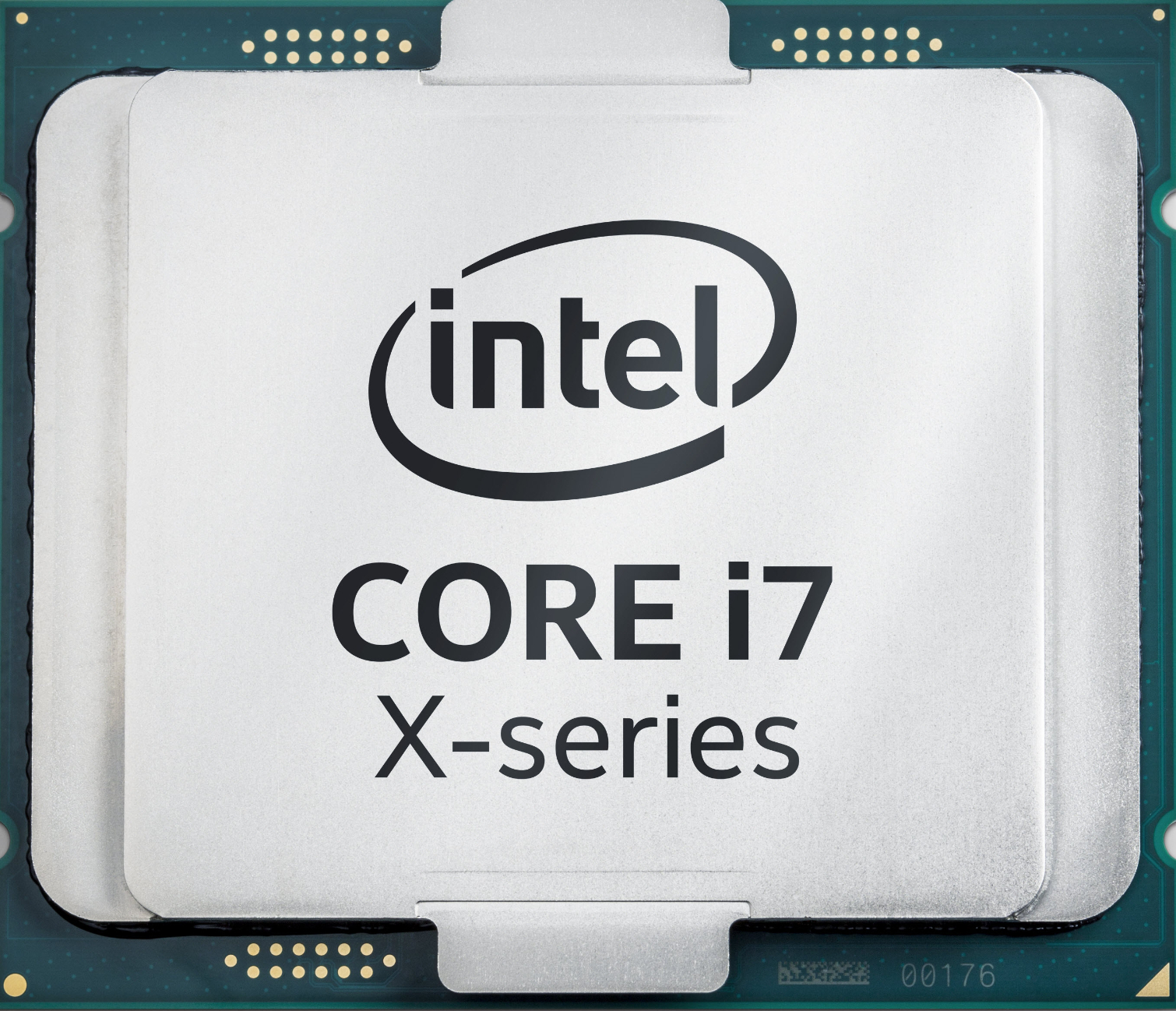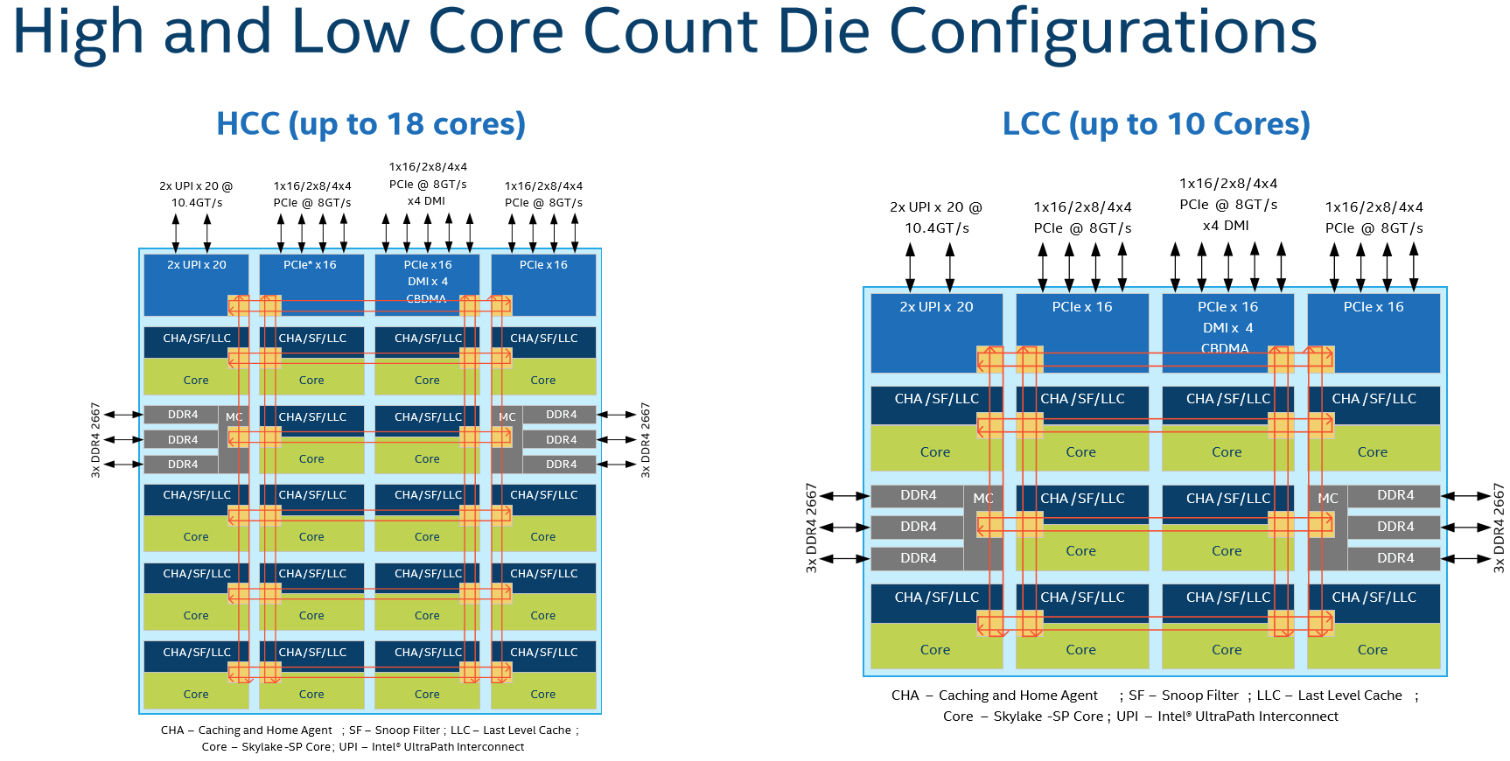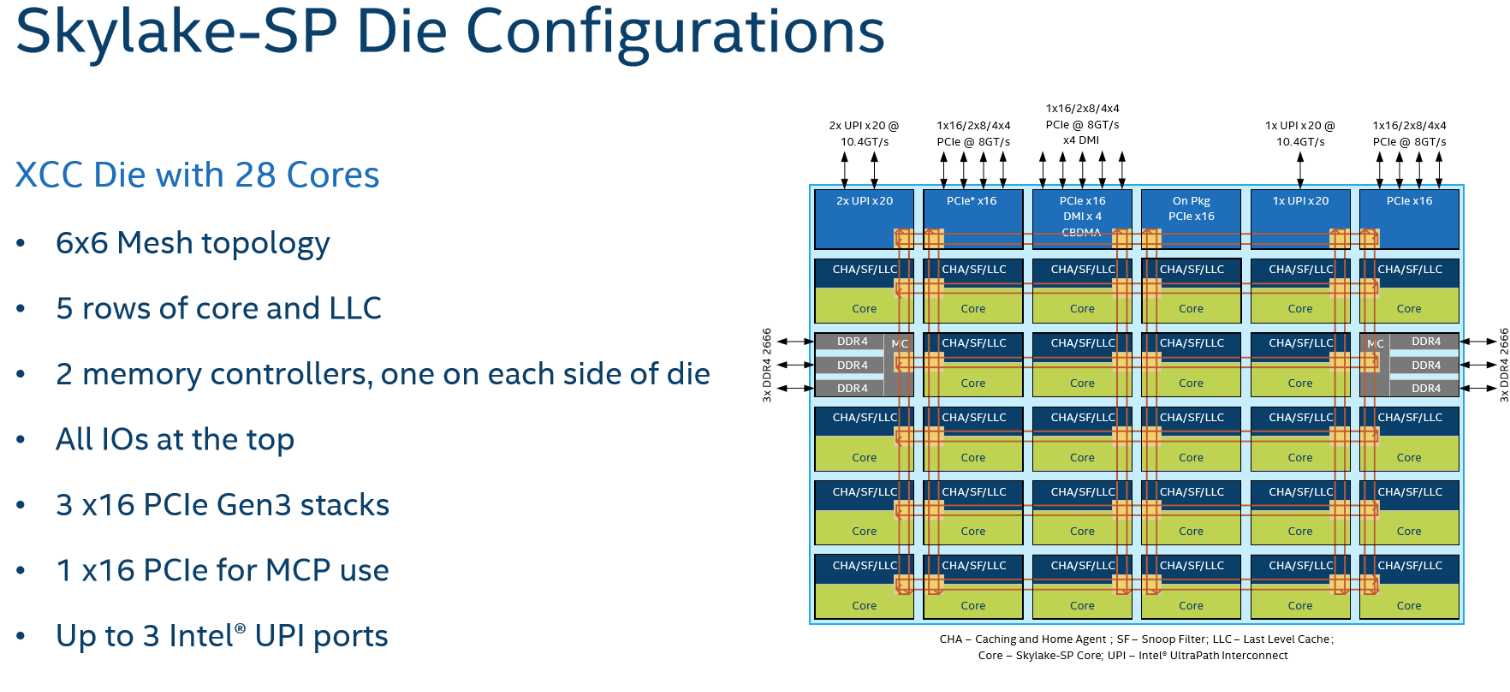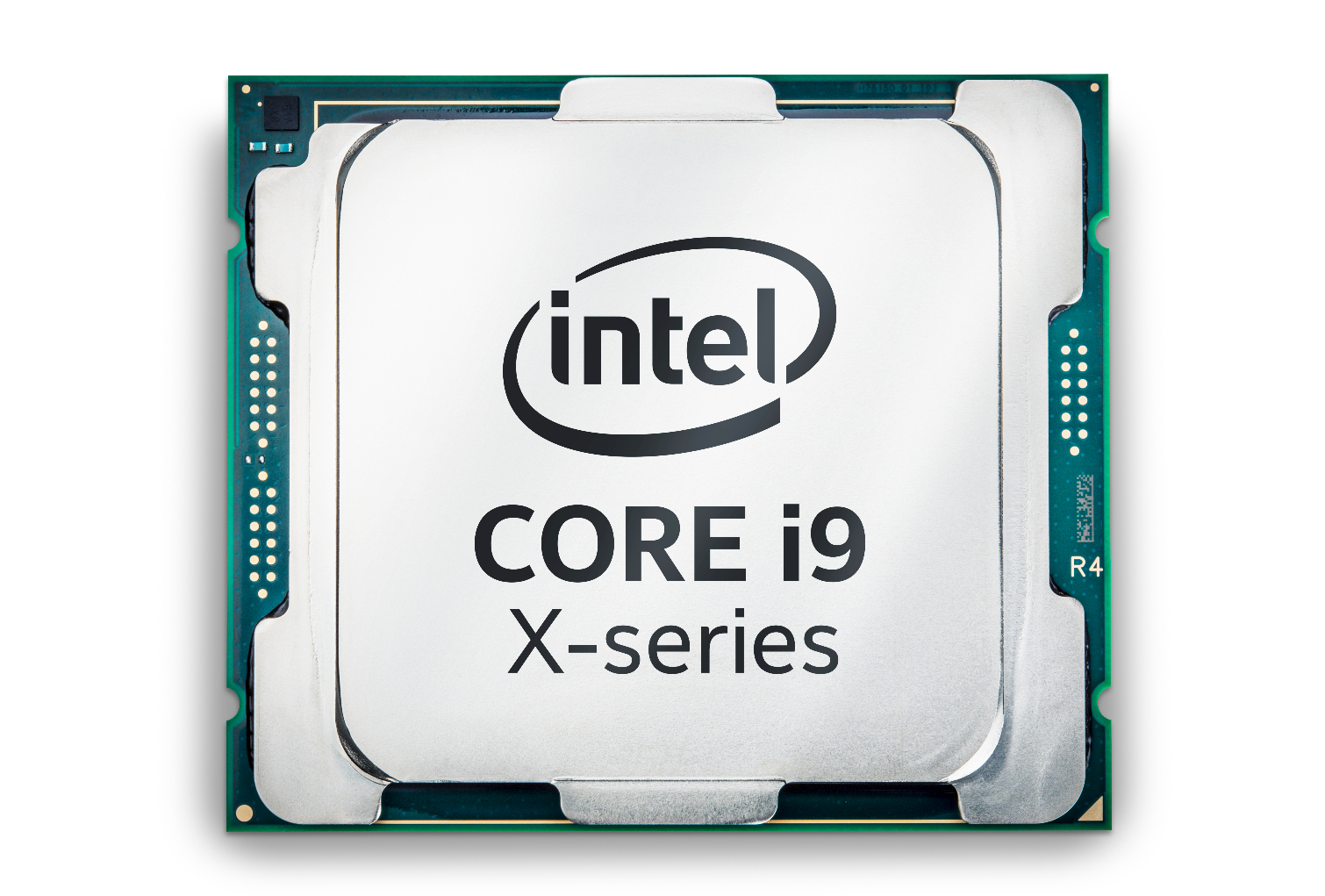Early Verdict
The Core i9-7960X offers the best performance from a 16-core processor in both lightly-threaded and multi-threaded workloads. Expect to pay for the privilege of owning one, though. Moreover, thermal challenges dictate that expensive add-ons like custom water-cooling loops are a requirement, particularly if you're hoping to overclock.
Pros
- +
Turbo Boost frequencies improve single-threaded performance
- +
Leading IPC throughput
- +
Multi-threaded performance
Cons
- -
Poor thermal dissipation
- -
Requires water cooling
- -
Power consumption
- -
Price
Why you can trust Tom's Hardware
Features & Specifications
It's certainly been a great year for enthusiasts. The dynamics of the desktop CPU market changed radically as AMD rose up to challenge Intel's dominance for the first time in recent history. For us, that meant an almost endless stream of new processors to benchmark and compare.
AMD's attack began with mainstream and entry-level parts offering more cores at lower price points than comparable Core CPUs. Intel continued on its merry way, introducing a first round of expensive Skylake-X CPUs that, in many of our benchmarks, failed to impress. When the Ryzen Threadripper family launched shortly thereafter, wielding up to 16 cores and the ability to schedule as many as 32 threads, it became clear that AMD meant business.
All along, we knew Intel was also preparing 12-, 14-, 16-, and 18-core processors of its own. But the company seemed to be rushing around in response to its perhaps unexpected competition. The Core i9-7900X is fast, no doubt. However, excessive thermal and power consumption, along with limited overclocking headroom, marred its debut. Although Intel took steps to drop prices, its Skylake-X models still sell for a rich premium compared to the Threadripper chips contending for enthusiast affection.
From what we understand, Intel believes it has an ace in the hole. Those 6-, 8-, and 10-core Skylake-X CPUs it already sells were a mere prelude to the big guns landing today. Moving forward, Threadripper has to contend with much more sophisticated Core i9s, led by an 18-core -7980XE.
So, Where's The Core i9-7980XE Review?
Unfortunately, our sample and test platform aren't working well together, demonstrating unexpected Turbo Boost frequencies at stock settings. Specifically, the Core i9-7980XE does not exceed 3.4 GHz on a single core. For now, the source of this issue remains unidentified, despite many combinations of components, operating system revisions, and motherboard firmware revisions. We suspect the problem traces back to our engineering sample CPU or motherboard BIOS. We are, of course, in contact with both Intel and MSI regarding our findings.
Interestingly, the 16C/32T Core i9-7960X, which goes up against Ryzen Threadripper 1950X's core count (albeit at a $1700 price point) does work correctly with our test platform. This allows us to post a review of that model with accurate results. For now, our test suite is abbreviated. But we'll update this space with our complete list of benchmarks in the days to come.
Specifications
Intel's Core i9-7960X is the company's second-from-the-top Skylake-X model, selling for $300 less than the flagship -7980XE, but with two fewer cores and 4.75MB less cache. That puts it at a similar core/thread count as AMD's Ryzen Threadripper 1950X (16C/32T). Despite its discount relative to -7980XE, though, Core i9-7960X bears a massive premium compared to the top Threadripper model ($1700 vs. $1000). While we're confident that Intel gets more done per clock cycle with its Skylake architecture, the fact that AMD gives you just as many cores at such a discount is compelling in a great many workloads.
Get Tom's Hardware's best news and in-depth reviews, straight to your inbox.
Intel hopes to offset higher pricing with superior performance and features, such as its new mesh topology. This allows the construction of a single monolithic die, as opposed to AMD's multi-die module. Skylake-X is consequently a significant retooling of the Skylake architecture, as we've covered in-depth on multiple occasions. In some applications, this can cause performance to slide the wrong way. Most tests benefit from Intel's enhancements, though. Company representatives claim that future software optimizations may help ameliorate the few cases where Skylake-X suffers, similar to what AMD went through as Ryzen came online.
A realigned cache hierarchy promises improved application performance, while dual 256-bit FMAs work in parallel to support AVX-512. Intel's combination of greater cache throughput and AVX enablement facilitate up to 1 TFLOP compute performance from a single processor. That's a first on the desktop.



Clock rates generally drop as core counts increase. Intel does, however, offset a low-sounding 2.8 GHz base frequency with significantly improved Turbo Boost bins. Core i9-7960X delivers a 4.2 GHz Turbo Boost 2.0 bin with two cores active, and up to 4.4 GHz with Turbo Boost Max 3.0, targeting lightly-threaded workloads across two "favored" cores. The feature is supported natively in the latest Windows 10 Creators Update. However, you still need Intel's driver if your motherboard firmware doesn't implement the feature correctly.
| Active Cores | 1-2 | 3-4 | 5-12 | 13-16 |
| Intel Core i9-7960X (GHz) Turbo Boost 2.0 | 4.2 | 4.0 | 3.9 | 3.6 |
Intel's sophisticated Turbo Boost algorithms provide accelerated clock rates based upon the number of active cores. These higher frequencies even kick in when 16 cores are active, nudging Core i9-7960X as high as 3.6 GHz so long as power, thermals, and current fall below certain thresholds. While Intel only guarantees -7960X's base frequency, we found the Turbo Boost bins to be consistently aggressive during our testing.




Intel's Skylake-X series is repurposed data center silicon from the Xeon line-up, so the processors share the same LCC (Low core Count) and HCC (High Core Count) die that power up to 10- or 18-core processors, respectively. Previously, Core i9-7900X weighed in as Intel's largest LCC-based desktop processor, but Intel employs its HCC die for the chips launching today. That means the -7960X has a much larger die area for dissipating heat. We're hoping this improves its thermal performance compared to Core i9-7900X.
As we know, Skylake-X could certainly use some help in that department. The -7960X's 165W TDP is 25W higher than the -7900X we've already had problems with. And unfortunately, Intel is still using thermal paste between its die and heat-spreader. Even the beefiest custom loops won't be able to overcome this limitation, barring direct-die cooling. Notably, this isn't an issue AMD has with Threadripper thanks to its use of solder.
Similar to the other Skylake-X CPUs, the -7960X supports up to DDR4-2666 memory. It's also used with the same X299 Basin Falls chipset, which boasts improved DMI throughput and 30 HSIO (High Speed Input/Output) lanes that motherboard vendors can allocate to expanded connectivity options. Core i9-7960X also enables the full complement of Skylake-X's 44 PCIe 3.0 lanes, though it trails Threadripper. All of AMD's high-end desktop processors wield 64 lanes of third-gen PCIe. Of course, finding a use for that many lanes might be challenging, but it's certainly nice to have them available.
MORE: Best CPUs
MORE: Intel & AMD Processor Hierarchy
MORE: All CPUs Content

Paul Alcorn is the Editor-in-Chief for Tom's Hardware US. He also writes news and reviews on CPUs, storage, and enterprise hardware.
-
David_693 I think there is something missing here: 'Similar to the other Skylake-X CPUs, the -7960X supports up to DDR4-2666 memory.'Reply -
David_693 Well, for now, my i7-7700k is no slouch, can't wait to see what the i7-8700K's will be able to do. No rush to upgrade yet as I've only had the 7700k since March. Thanks to AMD for pushing Intel to produce better options.Reply -
klipschkiller Really, Intel, is this a joke? Why release a chip that requires water cooling, have bad thermals and power consumption to previous AMD's bulldozer.Reply -
hannibal Well, it is good for competition that AMD have cooler and better behaving product this time compared to Intel. It forces Intel to do better next time!Reply
Go AMD go! And keep Intel in its toes! Better products, better prices (?) to the customers. I hope that Intel is forced to reduce the pricing... -
zippyzion That is a supremely powerful chip... but, man... at what cost? I give a nod to the speed and power, but it is anything but practical. It isn't even that much faster than the competition in most tests, and a good deal of that competition comes from Intel themselves. It is really a case of, "why bother?". I'd suggest just getting the 7900 or the 1950 if you are looking at this segment. Why spend so much more for so little extra?Reply -
phobicsq Intel needs to stop using paste and do it right. It's beyond comprehension that they charge a lot more and and yet AMD charges less and does it right.Reply
